Growing Geriatric Population
The growing geriatric population in South America is another influential driver for the sleep apnea-devices market. As the population ages, the incidence of sleep apnea tends to increase, particularly among older adults. It is estimated that nearly 50% of individuals over the age of 65 may suffer from some form of sleep apnea. This demographic shift necessitates a greater focus on sleep health and the availability of effective treatment options. Consequently, the sleep apnea-devices market is likely to expand as healthcare providers seek to address the needs of this aging population, ensuring that appropriate devices are accessible and affordable.
Increasing Healthcare Expenditure
The rise in healthcare expenditure across South America is a significant driver for the sleep apnea-devices market. Governments and private sectors are allocating more funds towards healthcare services, which includes the diagnosis and treatment of sleep disorders. For instance, countries like Brazil and Argentina have seen a steady increase in healthcare budgets, with a focus on improving access to medical devices. This trend is likely to facilitate the adoption of sleep apnea devices, as more patients can afford treatment options. As healthcare systems evolve, The sleep apnea devices market is expected to benefit from increased investment in medical technologies and patient care.
Rising Prevalence of Sleep Disorders
The increasing prevalence of sleep disorders in South America is a critical driver for the sleep apnea devices market. Studies indicate that approximately 30% of the adult population in this region experiences some form of sleep disorder, with sleep apnea being one of the most common. This growing incidence is likely to lead to a higher demand for diagnostic and therapeutic devices. As awareness of the health risks associated with untreated sleep apnea, such as cardiovascular diseases and diabetes, continues to rise, healthcare providers are more inclined to recommend treatment options. Consequently, the sleep apnea-devices market is expected to expand as more individuals seek solutions to manage their conditions effectively.
Technological Innovations in Device Design
Technological innovations play a pivotal role in shaping the sleep apnea-devices market. Recent advancements in device design, such as the development of portable and user-friendly CPAP machines, have made treatment more accessible and appealing to patients. These innovations often incorporate features like smartphone connectivity and data tracking, which enhance patient compliance and engagement. In South America, where healthcare infrastructure may vary, the introduction of cost-effective and efficient devices is crucial. The market is projected to grow as manufacturers continue to invest in research and development, aiming to create devices that cater to the specific needs of the South American population.
Enhanced Patient Education and Support Programs
Enhanced patient education and support programs are emerging as vital drivers for the sleep apnea-devices market. In South America, healthcare providers are increasingly recognizing the importance of educating patients about sleep apnea and its associated risks. Initiatives aimed at raising awareness and providing support can lead to earlier diagnosis and treatment, ultimately driving demand for sleep apnea devices. Programs that offer resources, such as workshops and informational materials, empower patients to take charge of their health. As these educational efforts gain traction, the sleep apnea-devices market is expected to see a corresponding increase in device adoption and utilization.


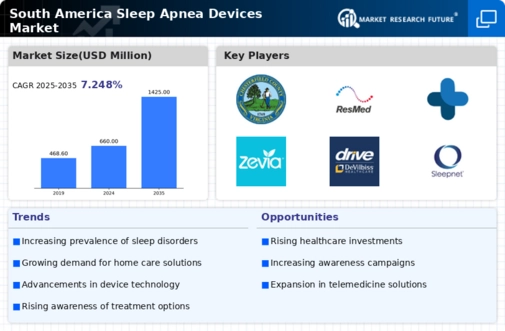
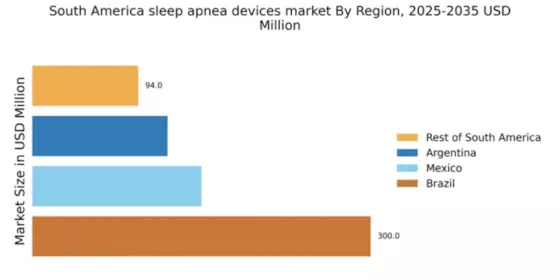
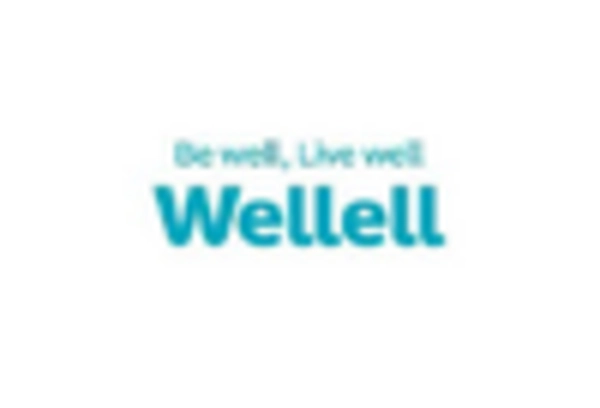



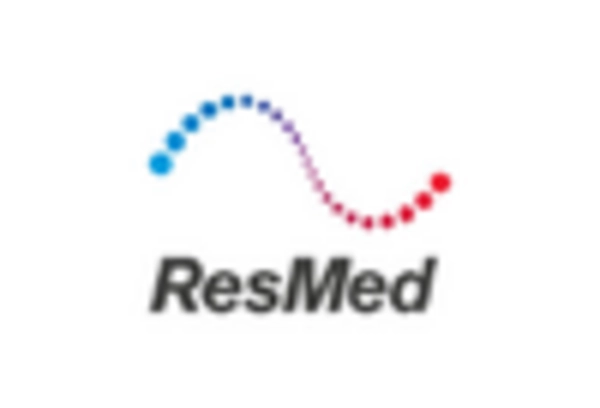
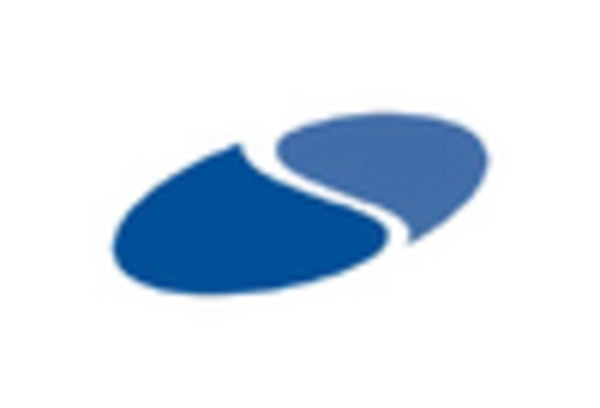








Leave a Comment